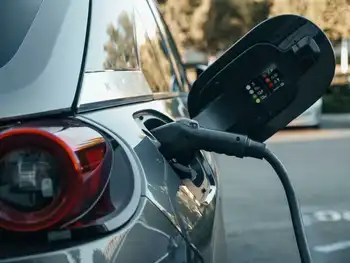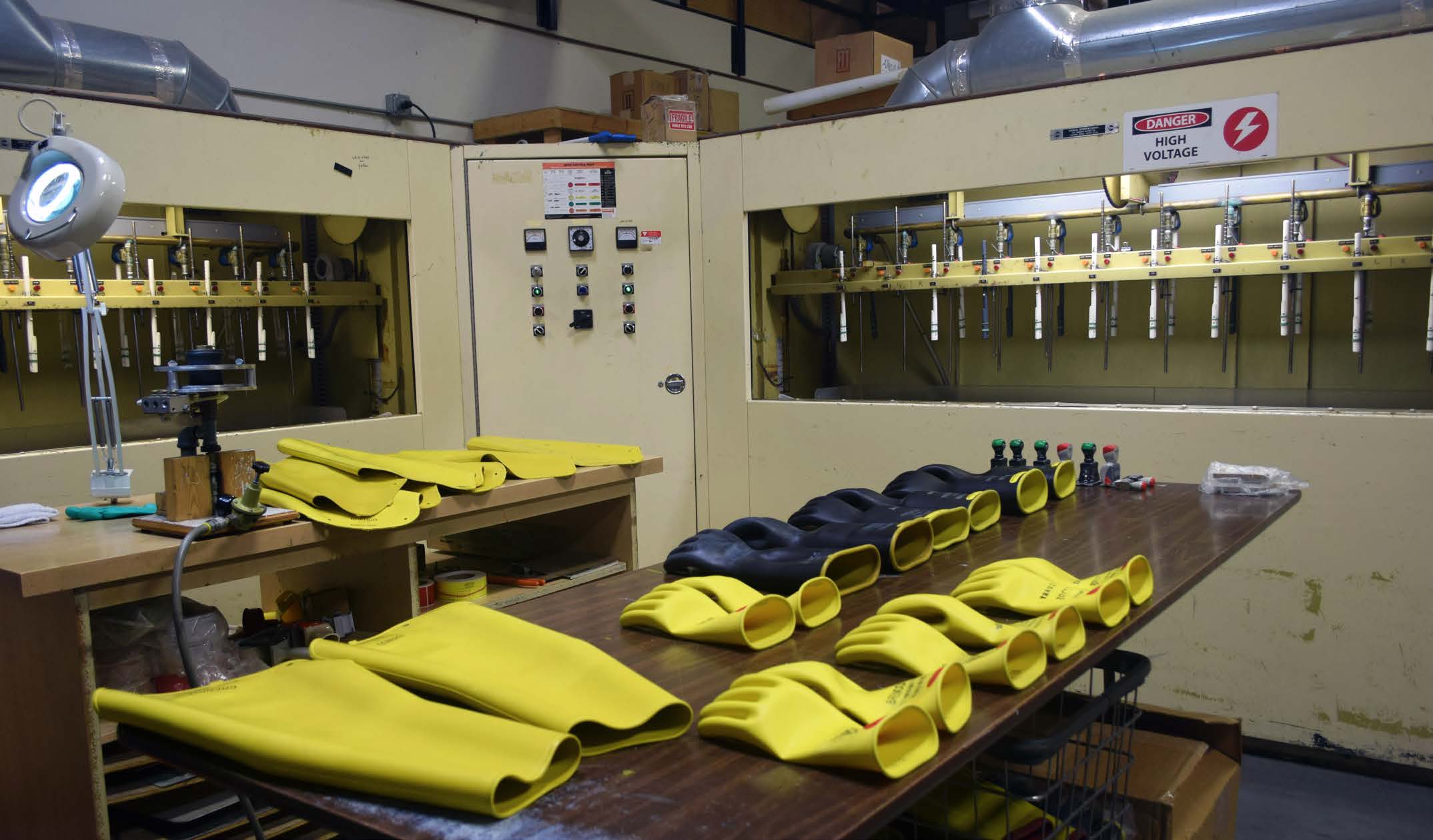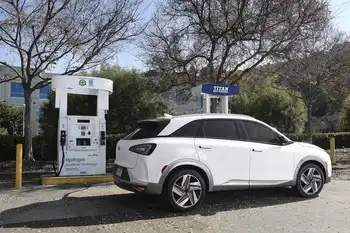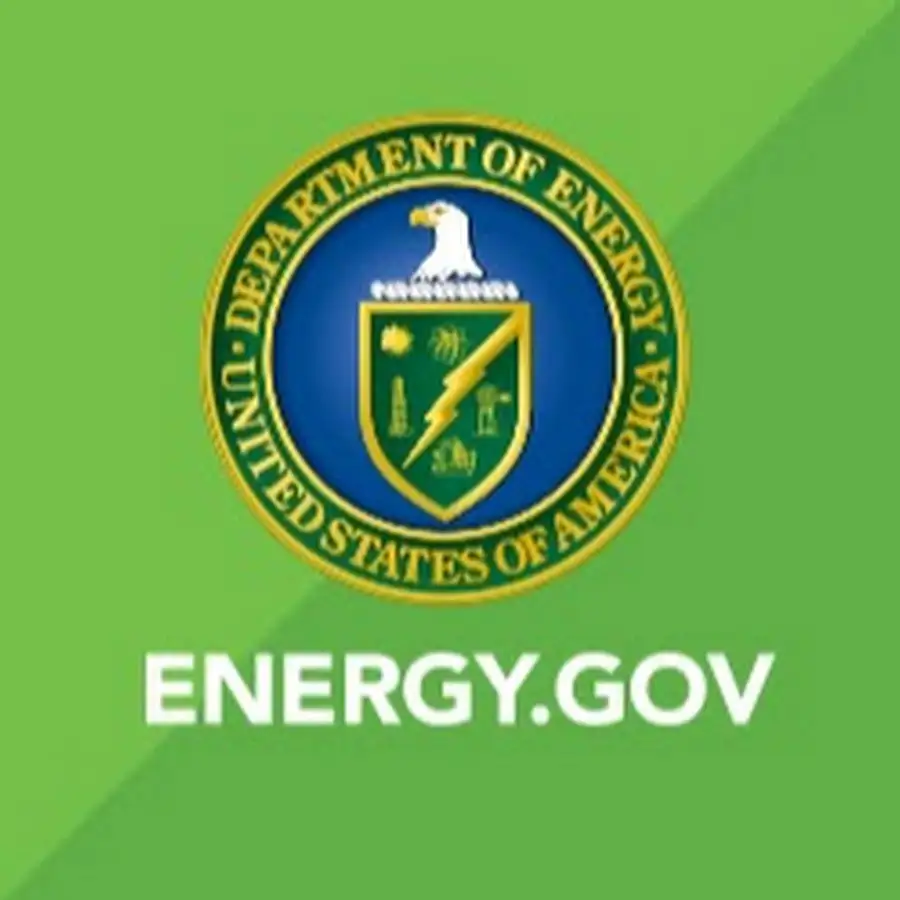Electric vehicles can now power your home for three days

CSA Z463 Electrical Maintenance -
Our customized live online or in‑person group training can be delivered to your staff at your location.

- Live Online
- 6 hours Instructor-led
- Group Training Available
Vehicle-to-Home (V2H) Power enables EVs to act as backup generators and home batteries, using bidirectional charging, inverters, and rooftop solar to cut energy costs, stabilize the grid, and provide resilient, outage-proof electricity.
Key Points
Vehicle-to-Home (V2H) Power lets EV batteries run household circuits via bidirectional charging and an inverter.
✅ Cuts energy bills using solar, time-of-use rates, and storage
✅ Provides resilient backup during outages, storms, and blackouts
✅ Enables grid services via V2G/V2H with smart chargers
When the power went out at Nate Graham’s New Mexico home last year, his family huddled around a fireplace in the cold and dark. Even the gas furnace was out, with no electricity for the fan. After failing to coax enough heat from the wood-burning fireplace, Graham’s wife and two children decamped for the comfort of a relative’s house until electricity returned two days later.
The next time the power failed, Graham was prepared. He had a power strip and a $150 inverter, a device that converts direct current from batteries into the alternating current needed to run appliances, hooked up to his new Chevy Bolt, an electric vehicle. The Bolt’s battery powered his refrigerator, lights and other crucial devices with ease. As the rest of his neighborhood outside Albuquerque languished in darkness, Graham’s family life continued virtually unchanged. “It was a complete game changer making power outages a nonissue,” says Graham, 35, a manager at a software company. “It lasted a day-and-a-half, but it could have gone much longer.”
Today, Graham primarily powers his home appliances with rooftop solar panels and, when the power goes out, his Chevy Bolt. He has cut his monthly energy bill from about $220 to $8 per month. “I’m not a rich person, but it was relatively easy,” says Graham “You wind up in a magical position with no [natural] gas, no oil and no gasoline bill.”
Graham is a preview of what some automakers are now promising anyone with an EV: An enormous home battery on wheels that can reverse the flow of electricity to power the entire home through the main electric panel.
Beyond serving as an emissions-free backup generator, the EV has the potential of revolutionizing the car’s role in American society, with California grid programs piloting vehicle-to-grid uses, transforming it from an enabler of a carbon-intensive existence into a key step in the nation’s transition into renewable energy.
Home solar panels had already been chipping away at the United States’ centralized power system, forcing utilities to make electricity transfer a two-way street. More recently, home batteries have allowed households with solar arrays to become energy traders, recharging when electricity prices are low, replacing grid power when prices are high, and then sell electricity back to the grid for a profit during peak hours.
But batteries are expensive. Using EVs makes this kind of home setup cheaper and a real possibility for more Americans as the American EV boom accelerates nationwide.
So there may be a time, perhaps soon, when your car not only gets you from point A to point B, but also serves as the hub of your personal power plant.
I looked into new vehicles and hardware to answer the most common questions about how to power your home (and the grid) with your car.
Why power your home with an EV battery
America’s grid is not in good shape. Prices are up and reliability is down, and many state power grids face new challenges from rising EV adoption. Since 2000, the number of major outages has risen from less than two dozen to more than 180 per year, based on federal data, the Wall Street Journal reports. The average utility customer in 2020 endured about eight hours of power interruptions, double the previous decade.
Utilities’ relationship with their customers is set to get even rockier. Residential electricity prices, which have risen 21 percent since 2008, are predicted to keep climbing as utilities spend more than $1 trillion upgrading infrastructure, erecting transmission lines for renewable energy and protecting against extreme weather, even though grids can handle EV loads with proper management and planning.
U.S. homeowners, increasingly, are opting out. About 8 percent of them have installed solar panels. An increasing number are adding home batteries from companies such as LG, Tesla and Panasonic. These are essentially banks of battery cells, similar to those in your laptop, capable of storing energy and discharging electricity.
EnergySage, a renewable energy marketplace, says two-thirds of its customers now request battery quotes when soliciting bids for home solar panels, and about 15 percent install them. This setup allows homeowners to declare (at least partial) independence from the grid by storing and consuming solar power overnight, as well as supplying electricity during outages.
But it doesn’t come cheap. The average home consumes about 20 kilowatt-hours per day, a measure of energy over time. That works out to about $15,000 for enough batteries on your wall to ensure a full day of backup power (although the net cost is lower after incentives and other potential savings).
How an EV battery can power your home
Ford changed how customers saw their trucks when it rolled out a hybrid version of the F-150, says Ryan O’Gorman of Ford’s energy services program. The truck doubles as a generator sporting as many as 11 outlets spread around the vehicle, including a 240-volt outlet typically used for appliances like clothes dryers. During disasters like the 2021 ice storm that left millions of Texans without electricity, Ford dealers lent out their hybrid F-150s as home generators, showing how mobile energy storage can bring new flexibility during outages.
The Lightning, the fully electric version of the F-150, takes the next step by offering home backup power. Under each Lightning sits a massive 98 kWh to 131 kWh battery pack. That’s enough energy, Ford estimates, to power a home for three days (10 days if rationing). “The vehicle has an immense amount of power to move that much metal down the road at 80 mph,” says O’Gorman.















